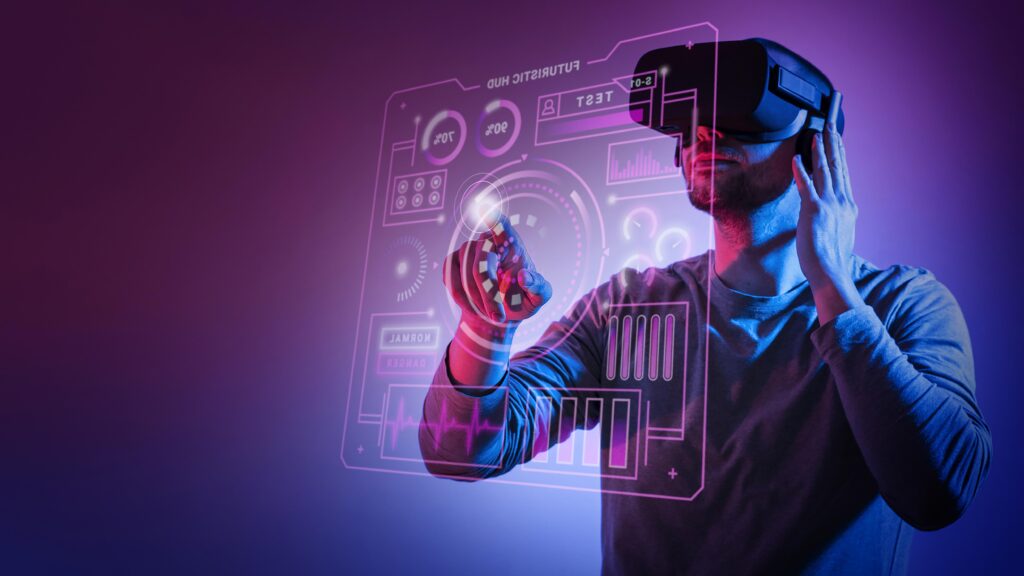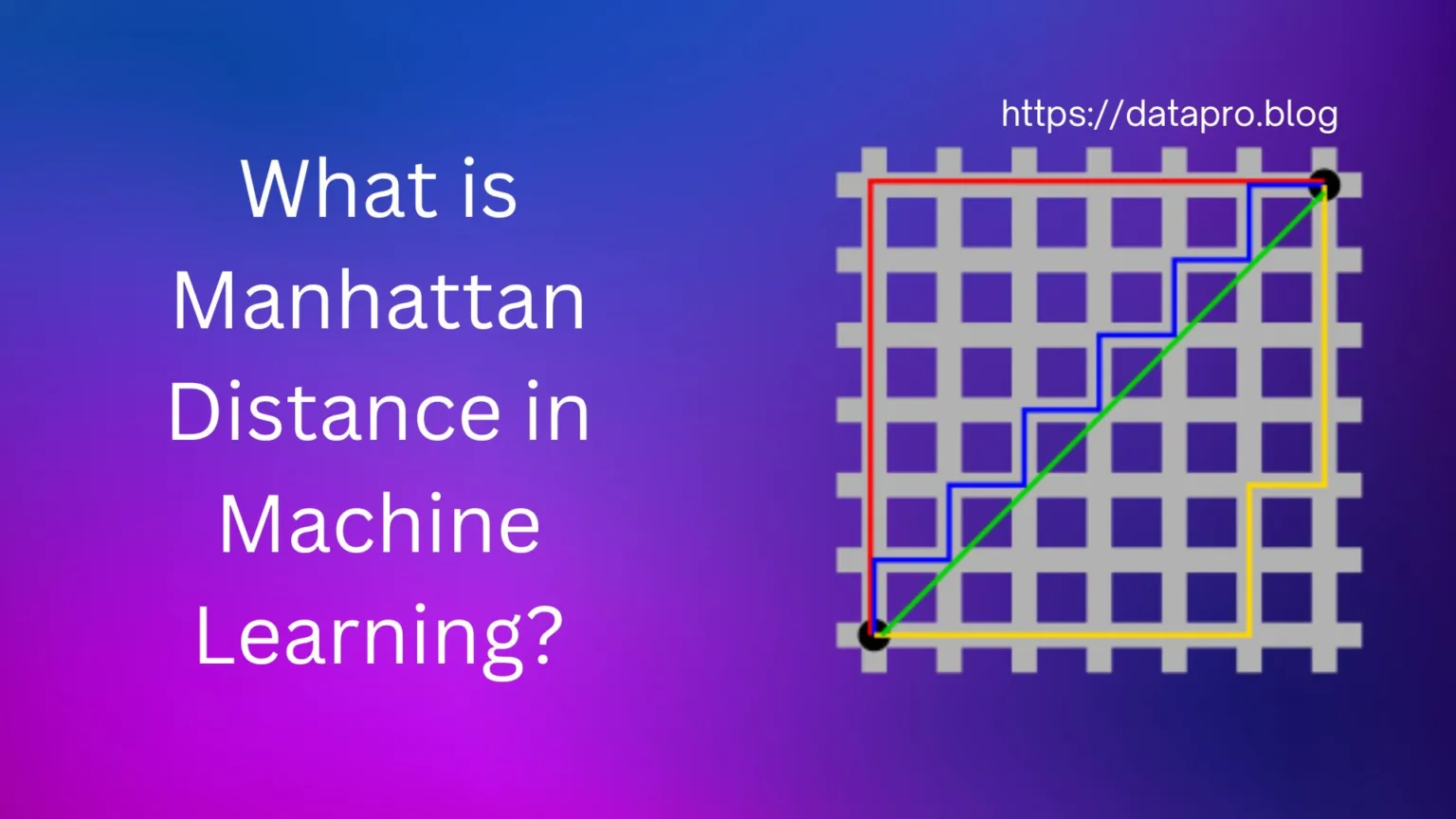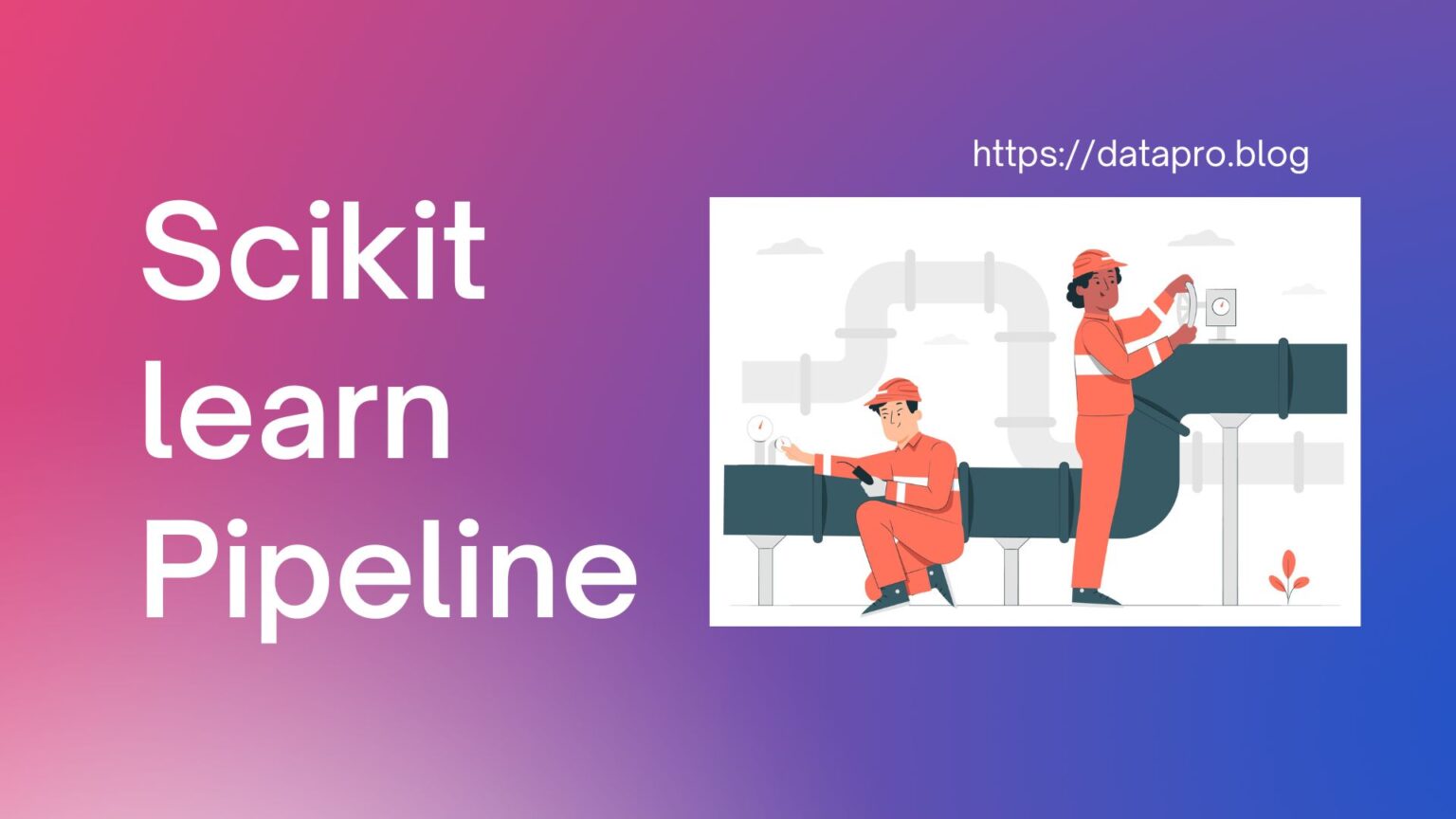Have you ever wondered how machines learn and adapt like mini-geniuses? It all boils down to a fascinating world called Artificial Intelligence (AI), where computers go beyond just crunching numbers. Think of it as a toolbox filled with cool techniques that let machines learn from data, make decisions, and even crack jokes (though maybe not as funny as you yet!).
Now, within this AI toolbox, there are two powerhouses worth knowing well: Machine Learning (ML) and Deep Learning (DL). They’re both like super-powered learning algorithms, but understanding their differences is key to using them the right way. Imagine trying to build a house with a screwdriver instead of a hammer – not exactly the best recipe for success.
So, why is it important to unravel these differences? Well, choosing the right tool for the job can be the difference between an AI that recognizes your grandma in a photo and one that confuses her with the family cat (awkward!). Plus, it helps us appreciate the unique strengths and limitations of each technique, making us better collaborators with these intelligent machines.
Table of Contents
Demystifying Machine Learning

Imagine a computer that can learn and adapt like a seasoned detective, piecing together clues and solving mysteries on its own. That’s the magic of machine learning (ML) – a branch of artificial intelligence (AI) where algorithms learn from data, identify patterns, and make predictions without explicit programming.
Think of it like this: you wouldn’t teach your child every single flower by name, right? Instead, you show them pictures, point out key features, and let them learn to identify different blooms on their own. Similarly, ML algorithms don’t need step-by-step instructions. They’re shown mountains of data (think pictures of flowers), identify patterns (like petal shapes and colors), and then use that knowledge to predict what a new flower might be (even if they’ve never seen it before!).
Core Principles of Machine Learning
- Data-driven: ML algorithms learn by munching on massive amounts of data, and identifying hidden patterns and relationships.
- Pattern recognition: The heart of ML lies in its ability to uncover hidden structures and regularities within data, allowing it to make predictions or classifications.
- Generalization: Once trained on a specific dataset, ML algorithms can apply their newfound knowledge to make predictions on unseen data, going beyond just memorizing the training data.
- Adaptation and improvement: As ML algorithms encounter new data, they continuously refine their understanding and improve their predictions, making them ever smarter with time.
Different Types of ML Algorithms
- Supervised learning: Imagine a wise teacher labeling all the flowers for you. In supervised learning, the data is labeled (e.g., “rose,” “daisy”), and the algorithm learns the relationship between the features (petals, colors) and the labels, enabling it to predict the labels of new, unlabeled data. Think spam filters learning from labeled emails or medical diagnosis systems trained on labeled patient data.
- Unsupervised learning: Now, imagine exploring a garden blindfolded, trying to group flowers based on touch and smell. Unsupervised learning deals with unlabeled data, where the algorithm must uncover hidden structures and patterns all by itself. Think of image clustering tools grouping similar pictures together or recommendation engines finding patterns in your browsing history to suggest relevant items.
- Reinforcement learning: Picture training a dog with treats and rewards. Reinforcement learning involves an agent interacting with an environment, receiving rewards for desirable actions and penalties for undesirable ones. The agent learns through trial and error, gradually optimizing its behavior to maximize rewards. Self-driving cars learning to navigate roads or game-playing AI agents mastering complex strategies are examples of reinforcement learning in action.
Strengths and Limitations of Machine Learning
Strengths
- Versatility: ML can tackle diverse tasks, from image recognition and natural language processing to fraud detection and financial forecasting.
- Accuracy and efficiency: ML algorithms can analyze vast amounts of data and identify patterns that would escape human scrutiny, leading to more accurate predictions and efficient decision-making.
- Adaptability and continuous learning: ML models can continuously learn and improve with new data, making them valuable tools for dynamic and ever-changing environments.
Limitations
- Data dependence: ML algorithms are only as good as the data they’re trained on. Biased or incomplete data can lead to biased or inaccurate predictions.
- Explainability and interpretability: The inner workings of complex ML models can be opaque, making it difficult to understand how they arrive at their predictions, which can raise concerns about fairness and accountability.
- Computational cost: Training complex ML models can be computationally expensive, requiring powerful hardware and software resources.
Real-World Examples of Machine Learning
- Personalized recommendations: From Netflix suggesting movies you’ll love to Amazon recommending products you might need, ML algorithms analyze your past behavior and preferences to offer personalized recommendations.
- Fraud detection: Banks and credit card companies use ML to detect fraudulent transactions in real time, protecting customers from financial losses.
- Medical diagnosis: ML algorithms can analyze medical images and data to assist doctors in diagnosing diseases with greater accuracy and efficiency.
So, there you have it! A glimpse into the fascinating world of machine learning, where algorithms learn, adapt, and solve problems like intelligent detectives. Remember, ML is just one piece of the AI puzzle, but understanding its core principles and capabilities is crucial for navigating the exciting future of intelligent machines.
Diving into Deep Learning

Machine learning is like a detective, piecing together clues from data to solve problems. Now, imagine a team of these detectives, each specializing in a different aspect of the case, working together to crack even tougher mysteries. That’s the essence of deep learning (DL) – a powerful subset of ML inspired by the human brain, where algorithms learn in layers, unlocking the secrets of complex data.
Deep learning is all about artificial neural networks (ANNs). These are intricate webs of interconnected nodes, mimicking the structure and function of neurons in the human brain. Each node receives information, processes it using a mathematical function, and then sends the output to other nodes, creating a cascade of information flow.
Think of an ANN as a layered cake
- Layers: Each layer is a group of interconnected nodes, stacked on top of each other. The first layer receives the raw data (like pixels in an image), and each subsequent layer extracts increasingly complex features from the data.
- Neurons: These are the individual nodes within each layer, acting as tiny processing units. They receive information from other neurons, apply an activation function (a mathematical formula), and then send the output signal forward.
- Activation functions: These are the “secret sauce” of ANNs. They introduce non-linearity into the network, allowing it to learn complex patterns and relationships that wouldn’t be possible with simple linear models.
Imagine a deep neural network analyzing a picture of a cat
- First layer: The raw pixel data enters the network. Each pixel activates a neuron in the first layer, sending information about brightness and color to the next layer.
- Second layer: These neurons might combine information from several first-layer neurons, forming edges and shapes.
- Third layer: Neurons here might combine information from several second-layer neurons, identifying features like whiskers and ears.
- Higher layers: As the information flows through the network, each layer builds upon the previous one, ultimately leading to the final output layer, which might recognize the image as a cat with high confidence.
Deep learning’s power lies in its ability to learn complex, non-linear relationships within data. With multiple layers and intricate connections, these networks can tackle problems that stump traditional machine learning algorithms. They excel at tasks like:
- Image recognition: From identifying faces in photos to recognizing objects in self-driving cars, deep learning algorithms are revolutionizing computer vision.
- Natural language processing: Understanding spoken language and generating human-like text is a breeze for deep learning models, powering chatbots and machine translation systems.
- Predictive analytics: From forecasting market trends to predicting equipment failures, deep learning can analyze vast amounts of data to make accurate predictions about the future.
But remember, deep learning isn’t all sunshine and rainbows. It requires powerful hardware and software, and training these complex models can be time-consuming and computationally expensive. Additionally, the inner workings of deep networks can be opaque, making it challenging to understand how they arrive at their decisions.
So, there you have it! A peek into the fascinating world of deep learning, where artificial brains are learning to see, hear, and understand the world around us in once unimaginable ways. With its immense potential and ongoing advancements, deep learning is poised to reshape the future of technology, from the way we interact with machines to the way we solve some of the world’s most pressing challenges.
Deep Learning vs Machine Learning: A Head-to-Head Showdown
Machine learning and deep learning, both powerhouses in the AI landscape, share the ability to learn from data. However, their approaches differ significantly, making them suited for different tasks. Let’s dive into a head-to-head comparison to understand their strengths and weaknesses.
Data Requirements
- Machine Learning: Can handle smaller datasets efficiently. Traditional algorithms like linear regression and decision trees work well with thousands or even hundreds of data points.
- Deep Learning: Thrives on large, complex datasets often containing millions of data points. The intricate architecture of deep neural networks requires vast amounts of data to learn effectively.
Model Complexity
- Machine Learning: Models are relatively simple, often comprising single algorithms with defined rules or equations. They’re easier to understand and interpret.
- Deep Learning: Models are complex, featuring layered artificial neural networks with interconnected nodes and non-linear activation functions. They can be challenging to understand and explain.
Interpretability
- Machine Learning: Decisions are often transparent and traceable. You can see how the algorithm arrived at its prediction based on the features and rules it uses.
- Deep Learning: Decisions can be opaque and difficult to explain, especially for complex models with many layers. The “black box” nature of deep learning can raise concerns about bias and fairness.
Training Time
- Machine Learning: Training can be relatively quick, especially for simpler models with smaller datasets.
- Deep Learning: Training can be time-consuming and computationally expensive, requiring powerful hardware and software resources. The larger the dataset and the more complex the model, the longer the training time.
Suitability for Specific Tasks
- Machine Learning: Excel at tasks like linear regression, classification, and rule-based decision-making. They’re well-suited for simpler data analysis and prediction problems.
- Deep Learning: Shine in tasks like image recognition, natural language processing, and complex pattern recognition. They’re powerful tools for handling unstructured and non-linear data.
| Feature | Machine Learning | Deep Learning |
|---|---|---|
| Data Requirements | Small to Medium | Large to Very Large |
| Model Complexity | Simple | Complex (Neural Networks) |
| Interpretability | High | Low |
| Training Time | Fast to Moderate | Slow to Very Slow |
| Suitable Tasks | Linear Problems, Classification, Rule-Based Decisions | Image Recognition, NLP, Complex Pattern Recognition |
The Verdict
There’s no clear-cut winner in this head-to-head battle. Both machine learning and deep learning have their strengths and weaknesses, and the best choice ultimately depends on the specific task at hand. If you’re dealing with smaller datasets and simpler problems, machine learning might be your go-to tool. But if you’re facing complex challenges and have access to massive amounts of data, deep learning could be the game-changer you need.
Remember, AI is all about using the right tool for the job. So, keep these differences in mind, explore both techniques and unlock the full potential of AI to solve your toughest problems!
Also read: What is Deep Learning? – DataPro
The Future Landscape
The future is painted with the vibrant strokes of artificial intelligence, where deep learning and machine learning are poised to transform industries like never before. Let’s explore the potential of these powerful techniques and their impact on various sectors:
Healthcare: Imagine doctors using AI to analyze medical images with superhuman precision, leading to earlier diagnoses and more effective treatments. Deep learning algorithms can analyze X-rays and identify tumors with greater accuracy than human eyes, while machine learning models can predict the risk of diseases based on a patient’s medical history and genetic data.
Finance: Fraudulent transactions will become a relic of the past with AI on guard. Deep learning can analyze financial data in real-time, and detect anomalies and suspicious patterns, preventing fraud before it happens. Machine learning algorithms can predict market trends and automate investment decisions, making finance more efficient and data-driven.
Transportation: Self-driving cars powered by deep learning algorithms will navigate city streets with ease, reducing accidents and congestion. Machine learning models can optimize traffic flow, predict maintenance needs, and revolutionize the way we commute.
Retail: Personalized shopping experiences tailored to your every whim will become the norm. Deep learning can analyze your browsing behavior and recommend products you’ll love, while machine learning models can predict demand and optimize inventory management, ensuring the right products are on the shelves at the right time.
However, the path to this AI-powered future isn’t without its challenges
- Bias and fairness: AI models trained on biased data can perpetuate real-world inequalities. Addressing bias in data and algorithms is crucial to ensure AI benefits everyone.
- Explainability and transparency: Understanding how AI models arrive at their decisions is essential for building trust and accountability. Research into explainable AI is key to ensuring the responsible development and deployment of these technologies.
- Privacy and security: Protecting personal data used for training AI models is paramount. Robust security measures and ethical data collection practices are critical to prevent misuse of personal information.
Despite these challenges, the ongoing research in deep learning and machine learning is paving the way for a brighter future:
- Neuromorphic computing: Mimicking the structure and function of the human brain could lead to more efficient and powerful AI models.
- Transfer learning: Applying knowledge learned from one task to another can accelerate the development of new AI models.
- Reinforcement learning: Enabling AI agents to learn through trial and error opens up new possibilities for autonomous systems and robotics.
In conclusion, choosing the right AI technique for specific needs is crucial to maximizing its potential and mitigating its risks. Understanding the strengths and limitations of both deep learning and machine learning is key to unlocking the full potential of AI for a better, more intelligent future. Remember, AI is a powerful tool, and it’s up to us to use it responsibly and ethically to shape a future that benefits everyone.
Let’s embrace the exciting possibilities of AI, navigate its challenges with wisdom, and ensure its development serves humanity as a whole. The future is bright, and it’s being painted with the vibrant strokes of deep learning and machine learning!
Frequently Asked Questions
What’s the difference between machine learning and deep learning?
Deep learning is a complex subset of machine learning that uses artificial neural networks.
What’s an example of machine learning in action?
Personalized movie recommendations on Netflix are powered by machine learning.
Why is deep learning good for image recognition?
Deep learning algorithms can extract complex features from images, making them ideal for recognizing objects.
Can AI cure diseases?
AI can support doctors in diagnosis and research, but it can’t directly cure diseases.
Will AI robots take over our jobs?
AI will automate some tasks, but it’s also likely to create new jobs in different fields.
Is AI dangerous?
AI itself isn’t dangerous, but its misuse can pose risks. Ethical development and responsible use are essential.
Can I learn deep learning myself?
Yes, there are many online resources and courses available to learn deep learning, but it requires dedication and technical skills.
What’s the future of AI?
AI will continue to evolve and impact various industries, leading to a more intelligent and automated future.
How can I choose the right AI technique for my needs?
Consider your data, problem complexity, and desired outcomes to choose between machine learning and deep learning.




